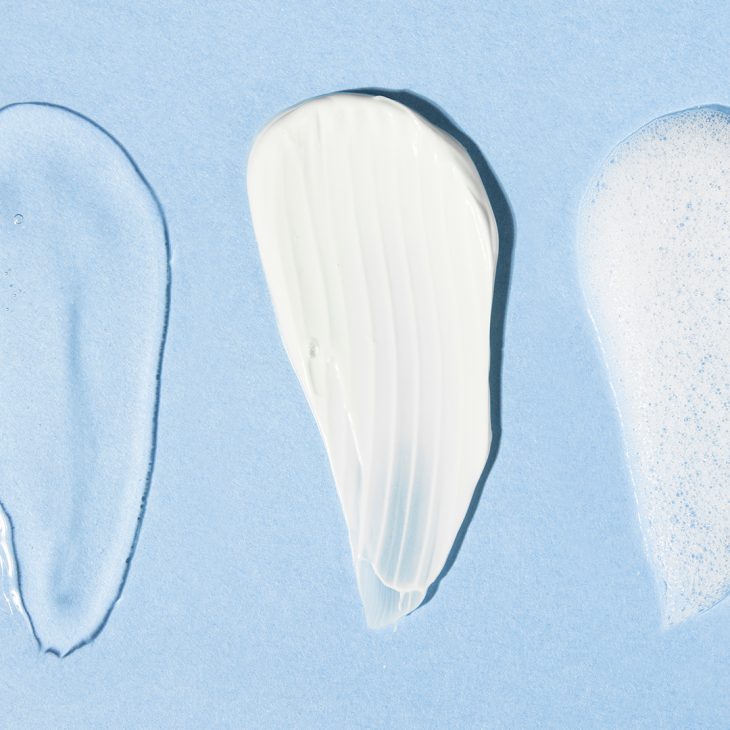Ah, the quest for radiant and flawless skin! It seems like we’re always on the lookout for the next magic potion or miracle product. But what if the secret to achieving that coveted glow lies in the way we layer our skincare products? Yes, you heard it right – strategic skin-care layering can make all the difference in your beauty routine.
In this blog, we’ll dive into the world of skin-care layering and unravel the mysteries of getting it just right. We’ll explore the guidelines for layering products, the importance of order, and which ingredients to avoid combining. By the end of this guide, you’ll be well-equipped to curate the perfect skincare routine for a healthy & glowing complexion.
Guidelines for Skin-Care Layering
#1 Thinnest to the Thickest
The first and golden rule of layering skincare products is to apply them in the order of consistency, from thinnest to thickest. Begin with the lightest formulas, such as watery essences or toners, and work your way up to heavier creams or oils. This ensures that each product is effectively absorbed into the skin without creating a barrier that hinders absorption.
To put it simply, think of your skin-care routine as building a house – you lay the foundation first, and then you add walls, and finally, the roof. So, start with the watery goodness and end with the rich nourishment!

#2 Water-Based Before Oil-Based
Next in line is the principle of water-based before oil-based products. Water-based formulas are usually lighter and penetrate the skin more easily, delivering essential hydration. Following this with an oil-based product helps seal in the moisture and creates a protective barrier to prevent water loss.
Think of water-based products as a refreshing drink for your skin, and oil-based products as a comforting hug, ensuring your skin retains the goodness of each layer.

#3 Lowest to Highest pH
Now, here’s a lesser-known tip for expert skin-care layering – pay attention to the pH levels of your products. To maximise the effectiveness of active ingredients, it’s best to apply products with a lower pH first, followed by those with higher pH levels.
Low-pH products, like chemical exfoliants or vitamin C serums, need to be absorbed effectively to work their magic. By layering them on first, you create an optimal environment for them to do their job. Then, apply products with higher pH levels, like moisturisers, to seal in the benefits and maintain a balanced pH level in your skin.

Ingredient Combinations to Avoid
As with any great recipe, there are certain ingredients that simply don’t play well together. Mixing incompatible ingredients can lead to irritation, redness, or even counteract the benefits of each component. Here are some ingredient combinations to avoid:

- Benzoyl Peroxide and Retinol
Both benzoyl peroxide and retinol are powerful acne-fighting ingredients, but using them together can be a recipe for disaster. Benzoyl peroxide is known for its ability to kill acne-causing bacteria but can also be quite drying. When combined with retinol, a potent exfoliant, it can lead to excessive dryness, flakiness, and irritation.
To avoid this, use benzoyl peroxide in the morning and retinol in the evening. This way, you give your skin time to recover from the drying effects and ensure both ingredients work harmoniously.
- Vitamin C and Benzoyl Peroxide
Another problematic duo is vitamin C and benzoyl peroxide. Both ingredients are powerful antioxidants, but when used together, they can destabilise each other, rendering them less effective. Additionally, this combination may cause skin irritation and redness.
If you’re a fan of both ingredients, it’s best to use them at different times of the day or on alternate days to enjoy their individual benefits fully.
- Vitamin C and Alpha Hydroxy Acids (AHAs)
Vitamin C is a superstar for brightening and evening out skin tone, while AHAs are excellent exfoliators that promote skin cell turnover. However, combining these two potent ingredients can lead to sensitivity and irritation.
To avoid any unpleasant reactions, use vitamin C in the morning and AHAs in the evening. Remember, patience is key when it comes to skincare!
- Retinol and Vitamin C
Lastly, while retinol and vitamin C are both incredible anti-ageing ingredients, using them simultaneously can cause irritation and reduce their efficacy.
To harness the benefits of both ingredients, apply retinol at night and vitamin C in the morning. This way, you’re giving your skin the goodness it needs without overloading it with powerful actives.
Wrap Up
Congratulations! You’ve now mastered the art of skin-care layering.
Now, go ahead, indulge in the pleasure of layering your favourite products – and watch your skin glow like never before!










